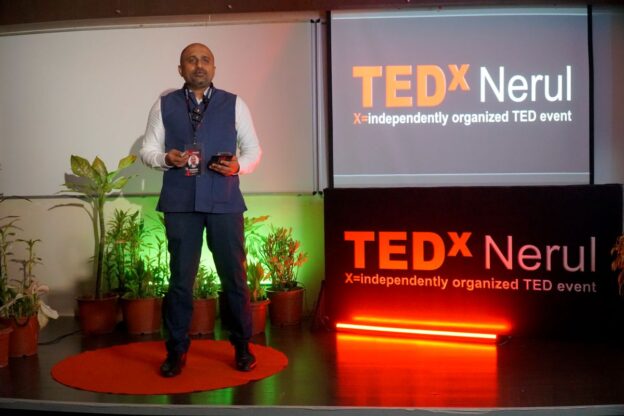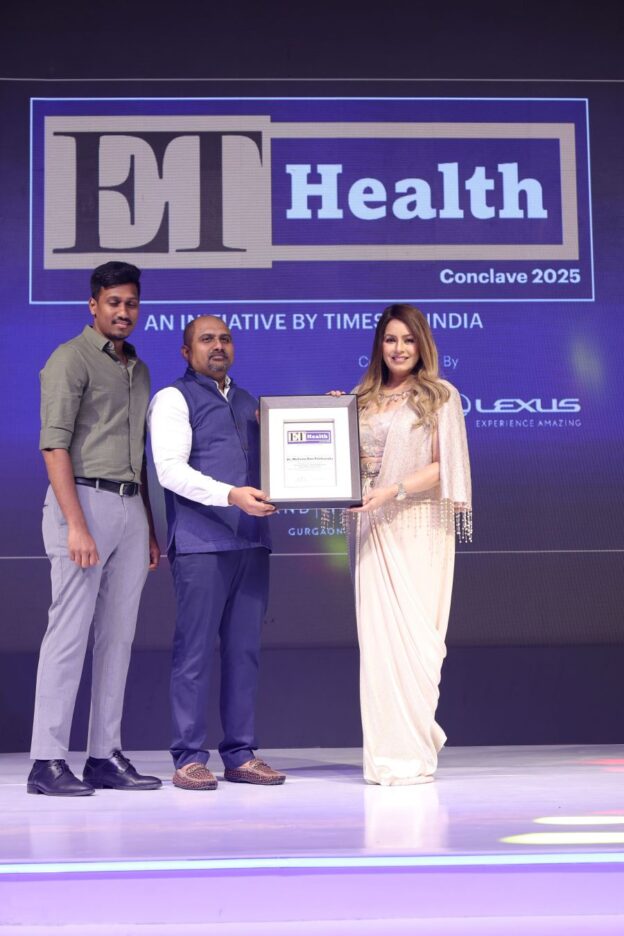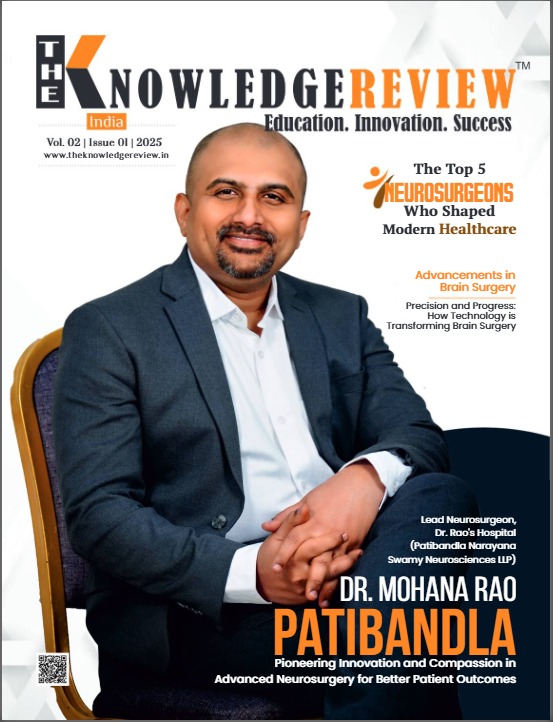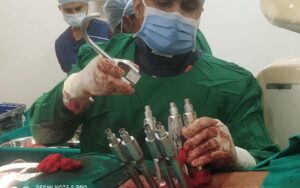Best Neurology & Neuro-surgery Hospitals in Nagpur
Nagpur, a rapidly developing city in central India, is home to some of the finest medical institutions in the country. For patients seeking expert care for neurological disorders, finding the right neurologist and hospital can make all the difference. Whether it is a minor neurological concern or a complex brain and spine issue, access to the best neurologist in Nagpur ensures accurate diagnosis, timely treatment, and compassionate care.
Understanding the Importance of Neurology Care
Neurology deals with disorders of the brain, spinal cord, and nerves. Conditions like epilepsy, Parkinson’s disease, stroke, multiple sclerosis, and migraines require expert assessment by experienced neurologists. Patients in Nagpur now have access to world-class facilities and specialists who use advanced diagnostic tools and treatment options. Opting for the best neurologist in Nagpur city ensures that you receive care tailored to your specific neurological needs, enhancing outcomes and improving quality of life.
Patients facing spinal issues may also consider consulting a spine surgeon in Guntur or a best spine surgeon for specialized surgical interventions, as neurological and spinal care often overlap in complex cases.
Top Neurologists in Nagpur: Expertise You Can Trust
When it comes to neurological care, expertise matters more than anything else. The top neurologist in Nagpur combines years of clinical experience with a compassionate approach to patient care. These specialists stay updated with the latest advancements in neurology and employ evidence-based practices for diagnosis and treatment. Whether managing chronic conditions or providing emergency care, their commitment to patient well-being is unparalleled.
Patients seeking the best neurologist in Nagpur hospital should look for professionals with a proven track record in handling complex neurological cases, supported by modern infrastructure and multidisciplinary teams. This ensures a comprehensive approach to brain and spine health. Many patients requiring tumor removal can consult a neurosurgeon in India for specialized treatment of conditions such as brain tumor.
Best Neurology Hospitals in Nagpur
Choosing the best neurology hospital in Nagpur is crucial for patients requiring specialized care. Leading hospitals in the city provide state-of-the-art facilities including MRI, CT scans, EEG, and advanced neurosurgical units. These hospitals employ a team of neurologists, neurosurgeons, physiotherapists, and rehabilitation specialists working in harmony to provide holistic care.
Institutions branded as neuro care hospitals in Nagpur focus on patient-centered treatment, ensuring comfort and safety. They also emphasize preventive neurology, early diagnosis, and continuous follow-up care to reduce the risk of complications.
Neurology Specialists in Nagpur: Comprehensive Services
Neurology specialists in Nagpur offer a wide spectrum of services catering to different neurological conditions. These include:
- Stroke Management: Immediate intervention to prevent permanent brain damage.
- Epilepsy Treatment: Advanced diagnostics and personalized therapy plans.
- Parkinson’s & Movement Disorders: Medication management, therapy, and support.
- Multiple Sclerosis Care: Modern treatment protocols for long-term management.
- Brain and Spine Surgery: Cutting-edge surgical solutions for complex neurological disorders, often in collaboration with spine surgeons in Guntur or the best spine surgeon.
Consulting neurology specialists in Nagpur ensures that each patient receives personalized attention, supported by technology and years of clinical experience.
Neurology Treatment in Nagpur: Advanced Care Options
Nagpur has emerged as a hub for advanced neurology treatment in Nagpur. Hospitals and specialists offer a range of procedures, including minimally invasive brain and spine surgery, neurorehabilitation, and interventional neurology. From precise diagnostics to tailored treatment plans, patients can access comprehensive care under one roof.
Patients looking for the best neurologist in Nagpur city often prefer hospitals that integrate modern technology with compassionate care. This ensures not only effective treatment but also improved recovery times and better long-term outcomes. Patients with brain tumor concerns can consult a neurosurgeon in India for specialized care and modern treatment techniques.
Brain and Spine Hospital in Nagpur: Specialized Facilities
Dedicated brain and spine hospital in Nagpur focus exclusively on neurological and neurosurgical care. These hospitals are equipped with advanced surgical suites, intensive care units, and rehabilitation centers. With a team of top neurologists and neurosurgeons, patients receive targeted treatment for conditions ranging from brain tumors to spinal cord injuries.
Being treated at a best neurologist in Nagpur hospital within such specialized institutions ensures coordinated care, where every aspect of diagnosis, surgery, and recovery is managed meticulously.
Choosing the Right Neuro Care Hospital
Selecting the right hospital can impact treatment outcomes significantly. Key factors to consider include:
- Specialist Expertise: Look for neurologists and spine surgeons in Guntur with extensive clinical experience.
- Advanced Facilities: Ensure the hospital has modern diagnostic and surgical equipment.
- Comprehensive Services: From neurosurgery to rehabilitation, complete care matters.
- Patient-Centered Approach: Comfort, safety, and personalized treatment plans.
Nagpur boasts several neuro care hospitals in Nagpur that meet these criteria, providing residents with reliable options for neurological care.
Why Dr. Rao’s Hospitals Stands Out
At drraoshospitals, patients find a blend of expertise, technology, and compassionate care. With a team of the best neurologist in Nagpur, the hospital provides state-of-the-art treatment for various neurological conditions. The integrated approach ensures seamless care, from initial consultation to post-treatment rehabilitation.
Patients with complex neurological issues, including brain tumor management, spinal surgeries, or chronic conditions, benefit from collaboration between top neurology specialists in Nagpur and skilled neurosurgeon in India or best spine surgeon networks.
Conclusion
Finding the best neurologist in Nagpur and accessing specialized neurology care is vital for maintaining brain and spine health. Nagpur offers an impressive range of neurology specialists in Nagpur, top neurologist in Nagpur, and neuro care hospitals in Nagpur equipped with advanced treatment options. Institutions like Dr. Rao’s Hospitals provide reliable, compassionate, and technologically advanced care, making them a preferred choice for patients seeking comprehensive neurological treatment in Nagpur.
Whether it’s a brain tumor, spinal surgery with the best spine surgeon, or consultation with a leading neurosurgeon in India, Dr. Rao’s Hospitals ensures every patient receives world-class treatment.









